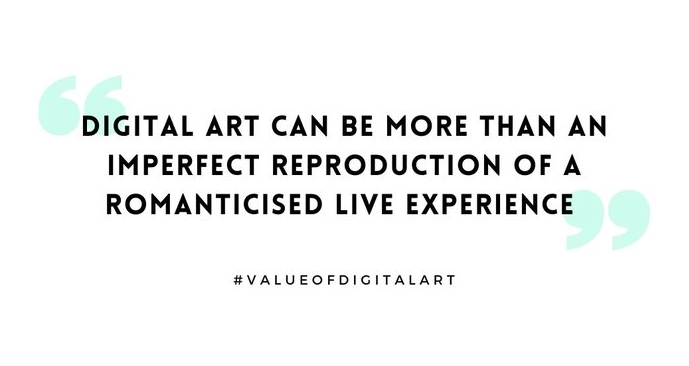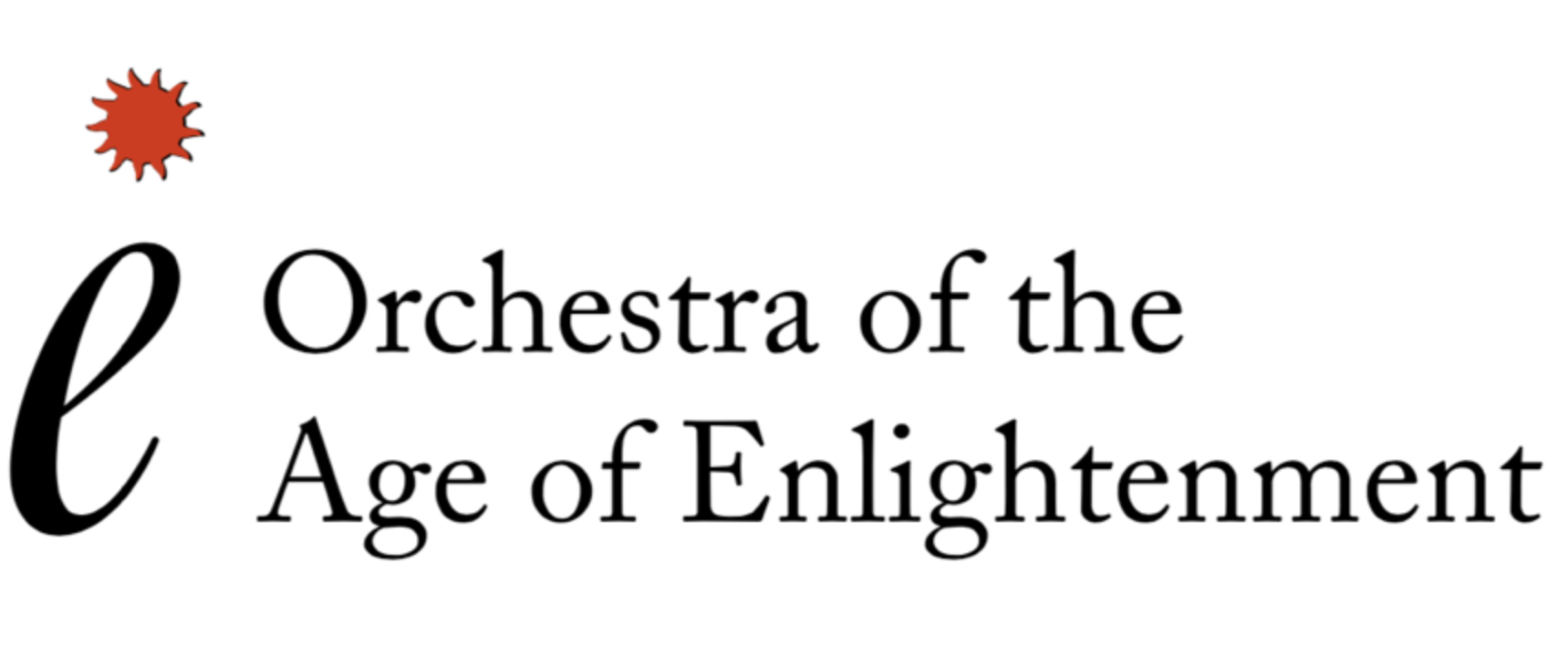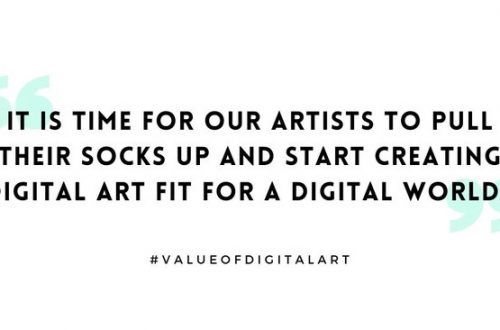More than a Record: The Cultural Value of Digital Art 24 September 2020

What is the value of digital art?
In one sense, music is already a predominantly digital art. When we hear music on the radio, on YouTube, or when we put on a CD, we are engaging with something digital. But these examples are still fundamentally tied to the physical world; they simply make it easier and cheaper to engage with “live” music making. It is certainly more cost effective to buy a CD than to hire a string quartet to perform in your living room every time you want to hear some Haydn. Digital music right now is overwhelmingly a representation or record of live performance – and being a representation, audiences often imagine these experiences as reproducing a live concert experience (in the best case scenario) but never surpassing it. But digital music can and should be more than simply recreating what we already know. It has its own unique advantages to offer, and that is where its cultural value lies.
Visual artists have been thinking about this for years now. It is possible to create beautiful work through digital methods, but how can something that exists only on a computer maintain a sense of “art”? One solution might be to transform digital paintings into a physical thing, but this forces the artist to make decisions on medium, size, and material that cloud the work’s digital origins. Another innovation has been to use blockchain technology to keep tabs on who owns individual digital artworks, lending virtual illustrations the one-of-a-kind feeling that physical art enjoys. In music we could use something like blockchain to, for example, allow online performances to be viewed a set number of times by specific people. This might recreate the buzz of a one-off performance quite well but I don’t think encouraging exclusivity is helpful in the classical music industry, which already suffers from real and perceived entrenched elitism.
Perhaps we could turn to esports for inspiration – a wildly successful industry that attracts tens of millions of viewers and has recently caught the attention of the International Olympic Committee. While sport is, of course, very different to art it’s clear that demand for fundamentally digital experiences exists – not as an approximation of “real world” experiences but as a distinct alternative in its own right. But what might it mean for digital music to not merely be a record of a live performance, but its own phenomenon?
My work as a composer has recently involved spending a lot of time with artificial intelligence (AI). I’m fascinated by the endless possibilities it adds to the creative process and inspired by the way an algorithm teaches itself to write music. The music created by an AI exists first and foremost digitally. It is stored on a computer hard drive, and until a human arrives to listen to or perform it (or, like me, play around with it), it remains there. This is surely as digital as it comes. The act of airing this digital music live provides a wonderful contrast to the earlier examples of CDs and livestreams reproducing the live experience digitally. Perhaps one future of digital music might be in exploring the creativity of intelligent machines – and through this, asking new questions of traditional repertoire intended to be live. Or we might begin to see more genuine crossover between music intended to be performed physically and music created by AI.
Another area that has seen explosive growth is virtual reality (VR). This technology, which became famous for allowing visor-clad video gamers to walk blindly into their living room walls, has developed enormously recently, and has popped up in healthcare research, documentary-making, surgeries, museums, and more. The Philharmonia Orchestra has been working with VR for years to provide an immersive experience, situating the audience on stage alongside the musicians. I think we could go further than this and find even more exciting ways to engage with existing repertoire. Could we bring an audience to a digitally reconstructed Theater an der Wien in December 1808 and experience the historic concert where Beethoven premiered his fifth and sixth symphonies, alongside the fourth piano concerto? Could we use this technology to let a member of the public conduct these premieres? This is before considering new music written specifically to capitalise on the unique advantages of this kind of technology, which is something many composers (including myself) are working on actively. The possibilities are endless.
For these possibilities to be explored, however, we need to pass a crucial milestone. We need to accept, collectively, that digital art can be more than an imperfect reproduction of a romanticised live experience. Once we begin to engage with the idea of digital on its own terms, it might just bring with it enormous cultural value and provide exciting means of engagement to new and existing audiences.
Article by Robert Laidlow, composer www.robertlaidlow.co.uk and twitter.com/Robert_Laidlow



